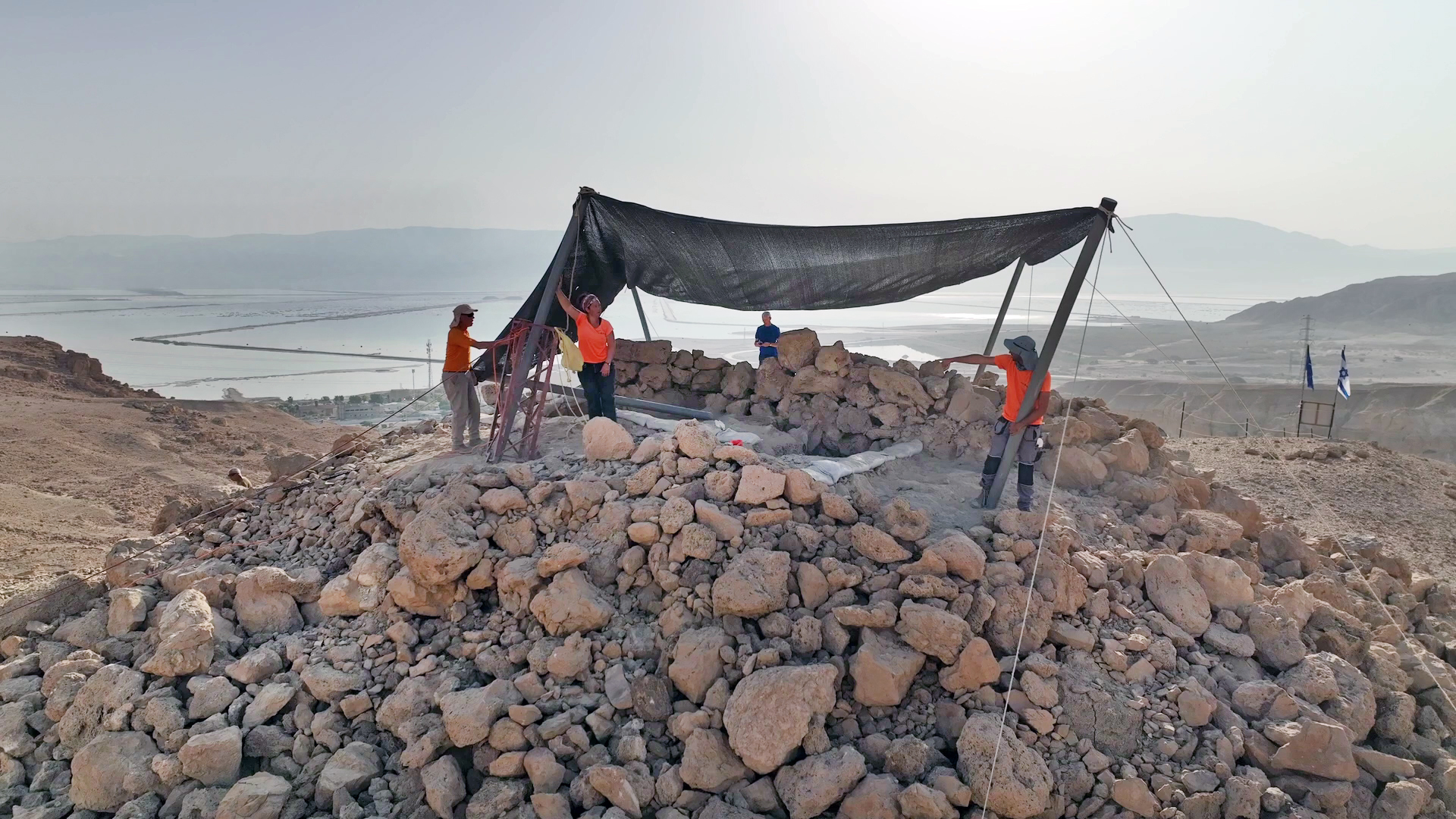In a groundbreaking archaeological excavation, researchers from the Israel Antiquities Authority have unearthed a massive pyramid-shaped structure dating back 2,200 years, promising to reshape our understanding of ancient Israeli history.
Located north of Nahal Zohar, the site has already yielded an extraordinary array of historical artifacts, including Greek-language papyrus documents, bronze coins from the Ptolemaic and Seleucid periods, and remarkably preserved weapons, wooden tools, and fabrics.

Excavation by the Israel Antiquities Authority and volunteers, north of Nahal Zohar. Photography: Emil Aladjem, Israel Antiquities Authority.
A Treasure Trove of Historical Artifacts
Excavation directors Matan Toledano, Dr. Eitan Klein, and Amir Ganor describe the site as “one of the richest and most intriguing archaeological excavations ever found in the Judean Desert.” The structure itself is remarkable, constructed from hand-hewn stones, each weighing hundreds of kilograms.
“Every moment new findings are discovered,” the directors excitedly explained. “We are filled with anticipation for what the next three weeks might produce.”
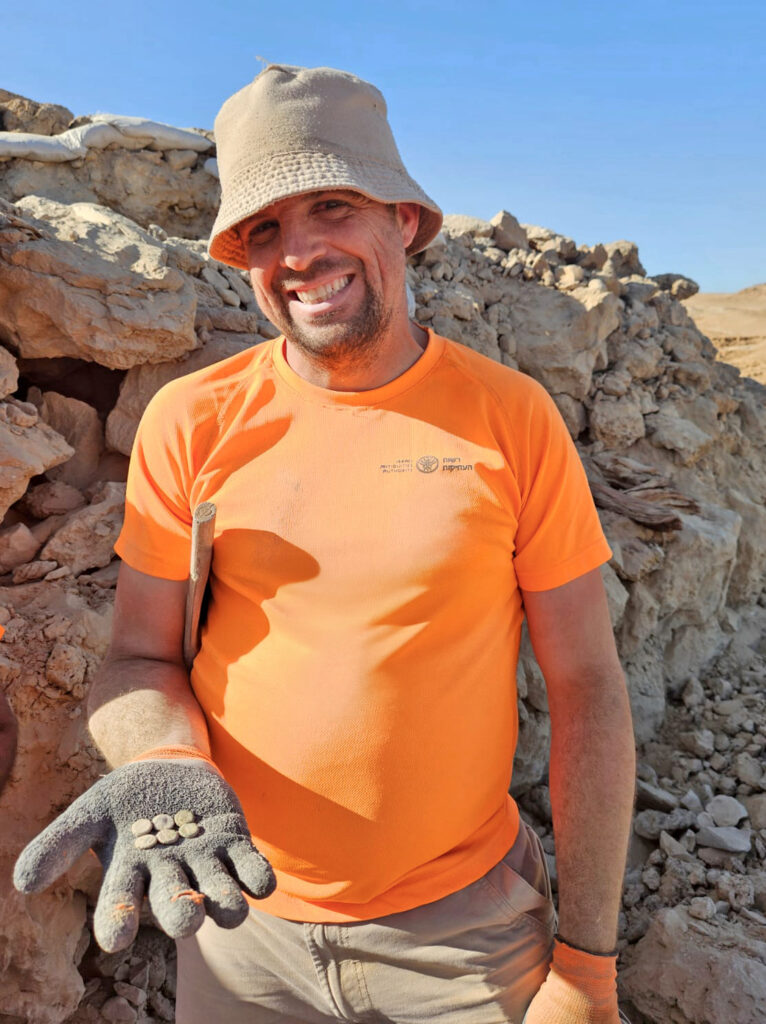
Coins of Antiochus Epiphanes IV found in the excavation. Photography: Judean Desert Survey Unit, Israel Antiquities Authority.
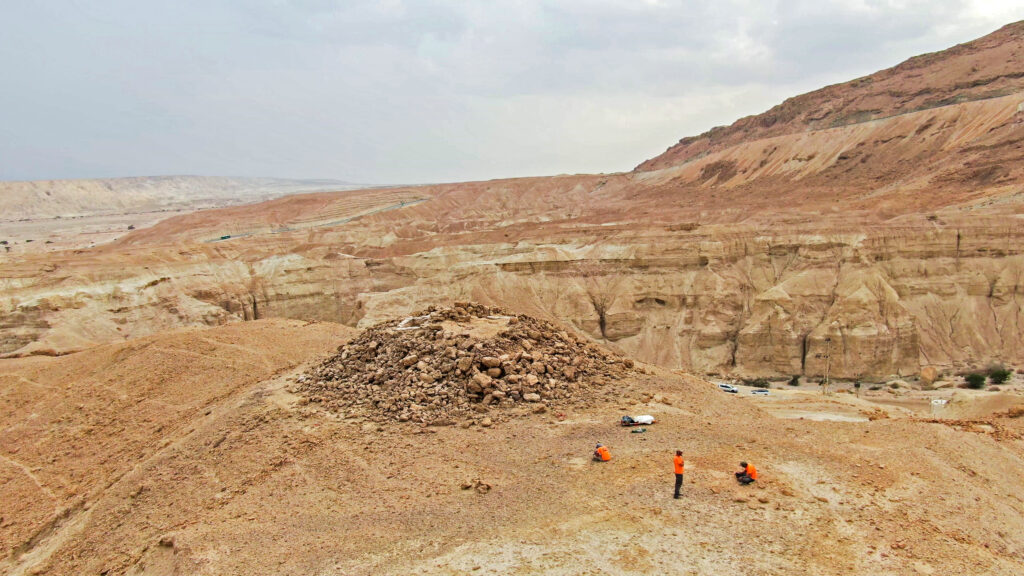
Excavation by the Israel Antiquities Authority and volunteers, north of Nahal Zohar. Photography: Emil Aladjem, Israel Antiquities Authority.
Challenging Existing Historical Narratives
Contrary to previous assumptions that attributed the structure to the First Temple period, researchers now believe it was built during the Hellenistic era under Ptolemaic rule. The purpose of this enormous mountaintop structure remains a tantalizing mystery.
“Is this a guard tower monitoring an important commercial route?” the archaeologists wonder. “Or could it be a grave marker or historical monument?”

Excavation by the Israel Antiquities Authority and volunteers, north of Nahal Zohar. Photography: Emil Aladjem, Israel Antiquities Authority.

Tens of colored beads found in the excavation. Photography: Emil Aladjem, Israel Antiquities Authority.

A piece of papyrus with Greek writing found by the excavation volunteers. Photography: Emil Aladjem, Israel Antiquities Authority.
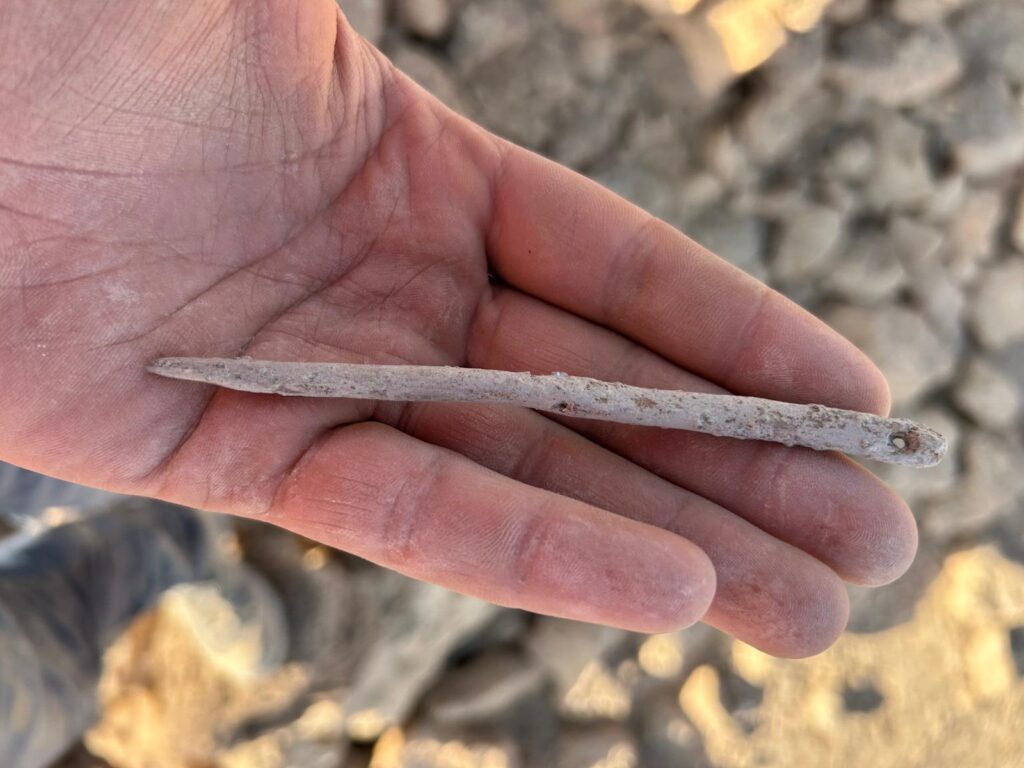
An ancient sewing needle found in the excavation. Photography: Judean Desert Survey Unit, Israel Antiquities Authority.
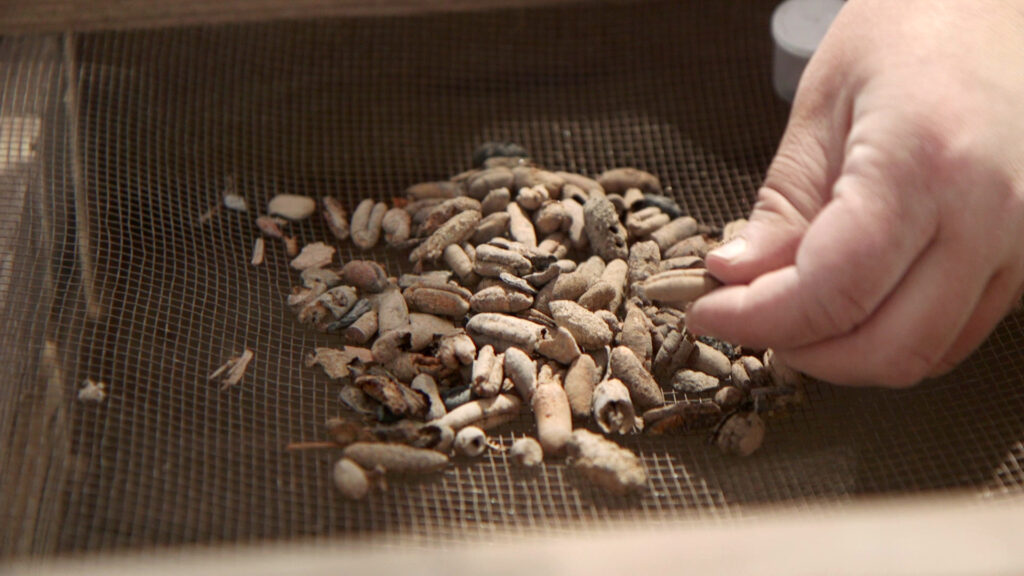
Ancient seeds. The dry desert climate preserves organic remains for thousands of years. Photography: Emil Aladjem, Israel Antiquities Authority.
A Broader Archaeological Mission
This excavation is part of an extensive eight-year operation by the Israel Antiquities Authority to preserve archaeological finds threatened by illicit excavations. The project’s survey team has systematically explored 180 kilometers of desert cliffs, discovering approximately 900 caves and thousands of rare items.
Public Involvement in Discovery
The excavation team is actively encouraging public participation. With a well-organized camp providing accommodation, food, and nightly archaeological lectures, volunteers are invited to join this historic research effort.
Eli Escusido, Director of the Israel Antiquities Authority, sees the project as more than just an archaeological endeavor. “In such challenging times,” he states, “this is an opportunity for a connective and uplifting experience.”
What Lies Ahead
As the excavation continues for another three weeks, archaeologists and volunteers alike are eager to unravel the secrets of this enigmatic pyramid-like structure, hoping to shed new light on a fascinating period of Israeli history.
The excavation is a joint initiative of the Israel Antiquities Authority and the Ministry of Heritage, funded by multiple governmental departments.



